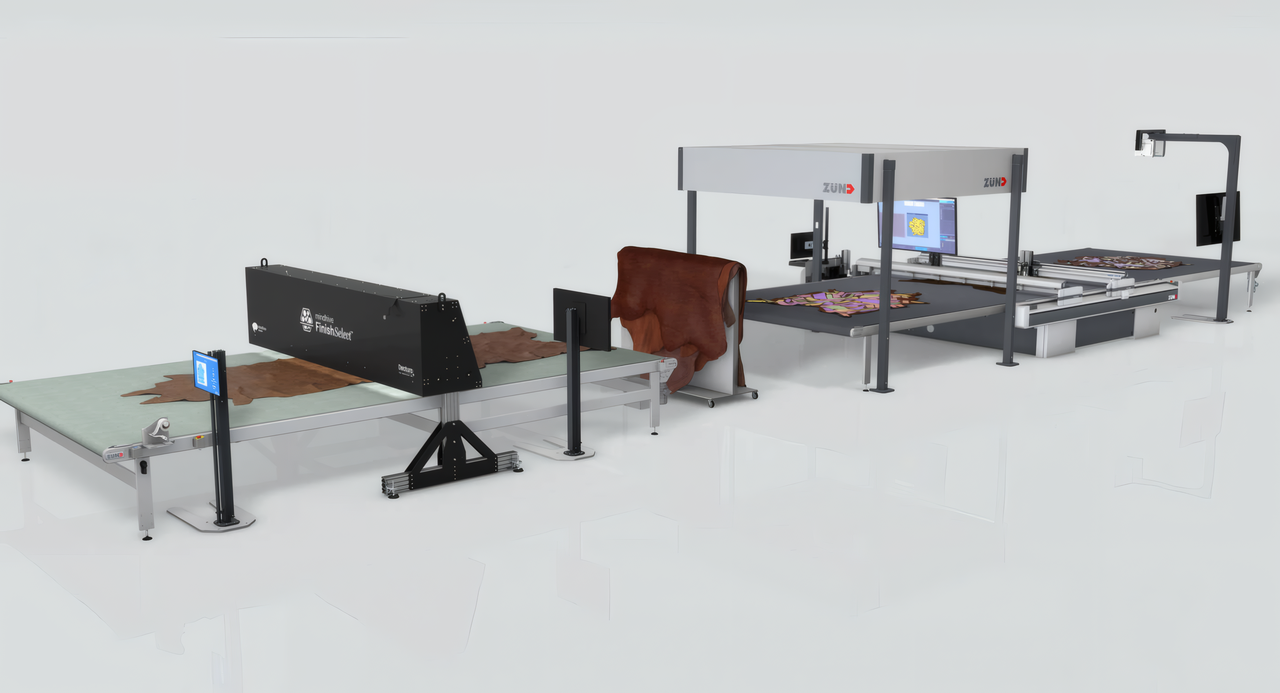
Zünd and partners redefine leather processing
The Swiss company, together with Mind and Mindhive Global, presented the Dectura workflow at Simac, a fully integrated solution for precise and efficient leather cutting.
Keep reading...
The brand's goal is to create footwear with a low environmental impact, made from innovative and environmentally sustainable materials, unisex, and with a refined design reminiscent of the 1990s.
March 2024

The project was born from the meeting between Dong Seon Lee and Giuliana Borzillo, both of whom come from the world of footwear: Dong is a Creative Designer Director and Giuliana a Brand Manager. Together they created a collection of sneakers with a refined design and at the same time sustainable and ethical.
From a beautiful love story, a footwear brand was born. The line is officially launched in February 2020 through a crowdfunding campaign, and 320 supporters immediately believe in ID.EIGHT.
Here is how they explain the sustainable aspect of their project: “We mainly use 4 types of bio-based materials for the upper, derived from by-products of agricultural or industrial activities:
– BioVeg: made in Italy with recycled PES and biopolyols, from non-food corn crops.
– Uppeal: made in Italy from apple peels and cores.
– Vegea: made in Italy from grape skins, seeds and stems.
– Piñatex: made in Spain from pineapple leaves from the Philippines.
Recycled synthetic materials (polyester, mesh, Lycra, rubber) and recycled cotton made in Portugal, Spain and Italy complete the other parts of the shoe”.

The Swiss company, together with Mind and Mindhive Global, presented the Dectura workflow at Simac, a fully integrated solution for precise and efficient leather cutting.
Keep reading...
One of the leading suppliers of PU solutions for footwear manufacturers, Huntsman presented its new SMARTLITE® SCF 280 TPU at SIMAC.
Keep reading...
At SIMAC Tanning Tech 2025, the Group presented new materials, concepts and recycling methods for PU in the footwear industry.
Keep reading...You must login to read this free content
This content requires a subscription to view. Are you already a subscriber? Sign in